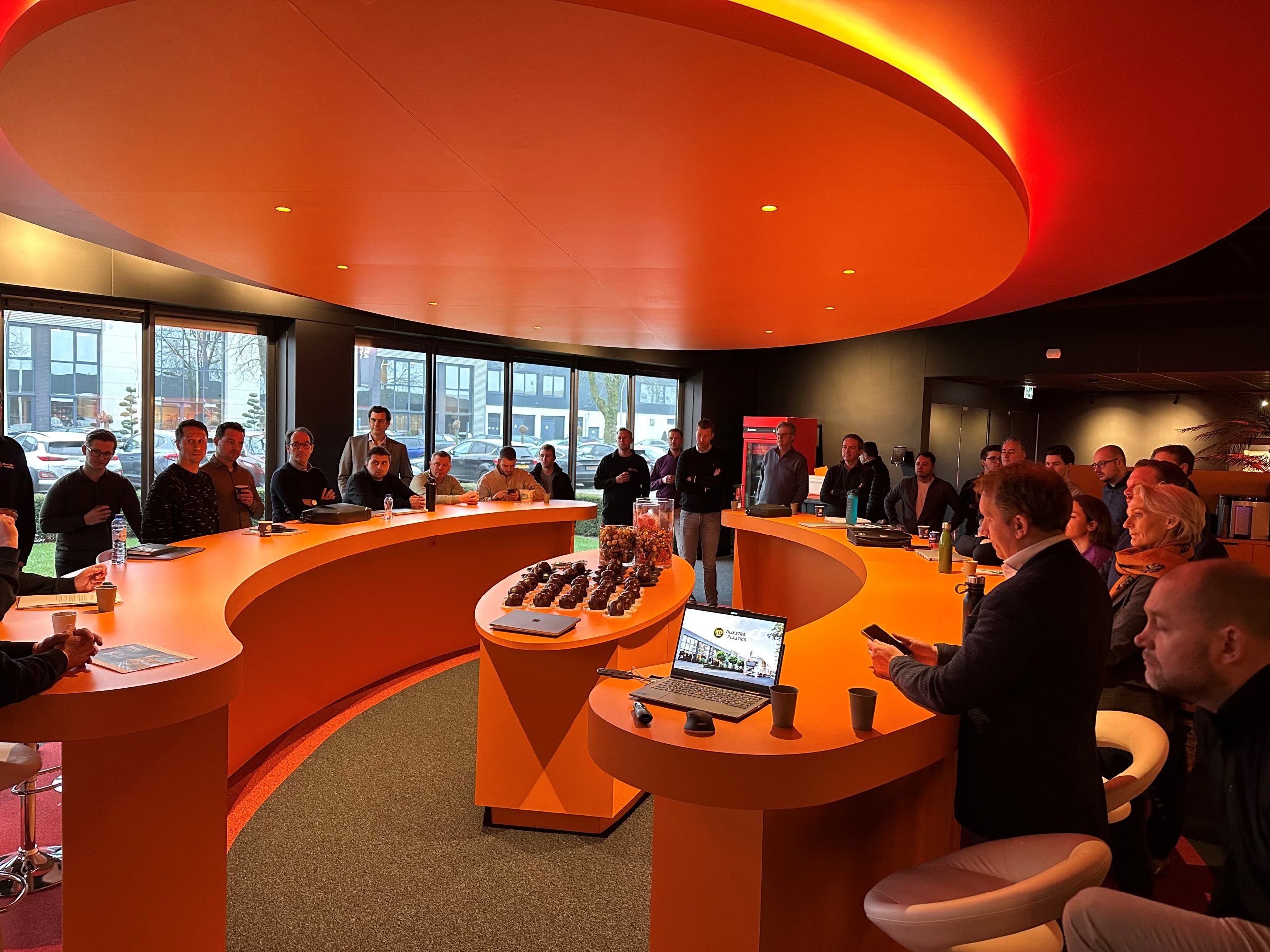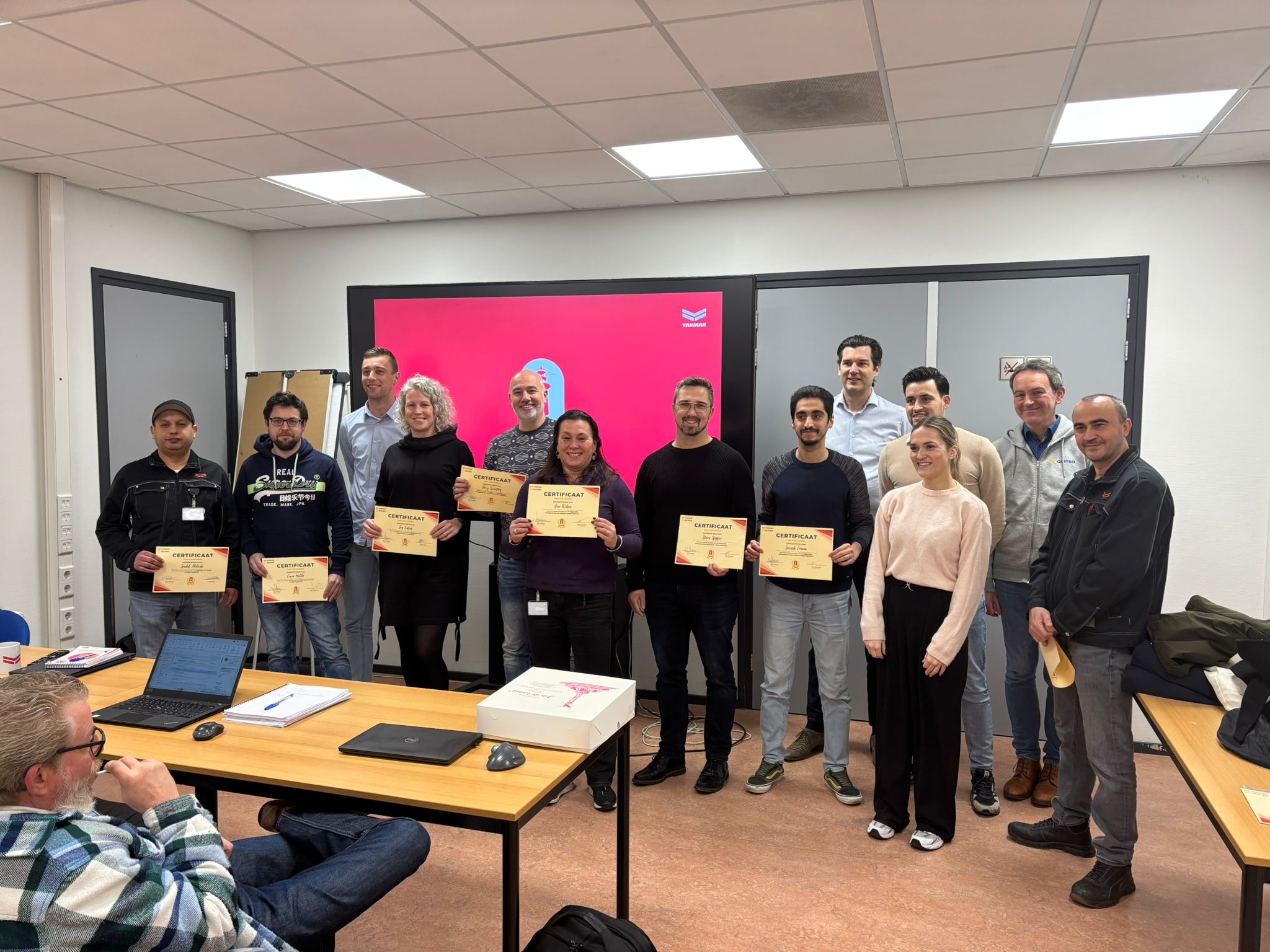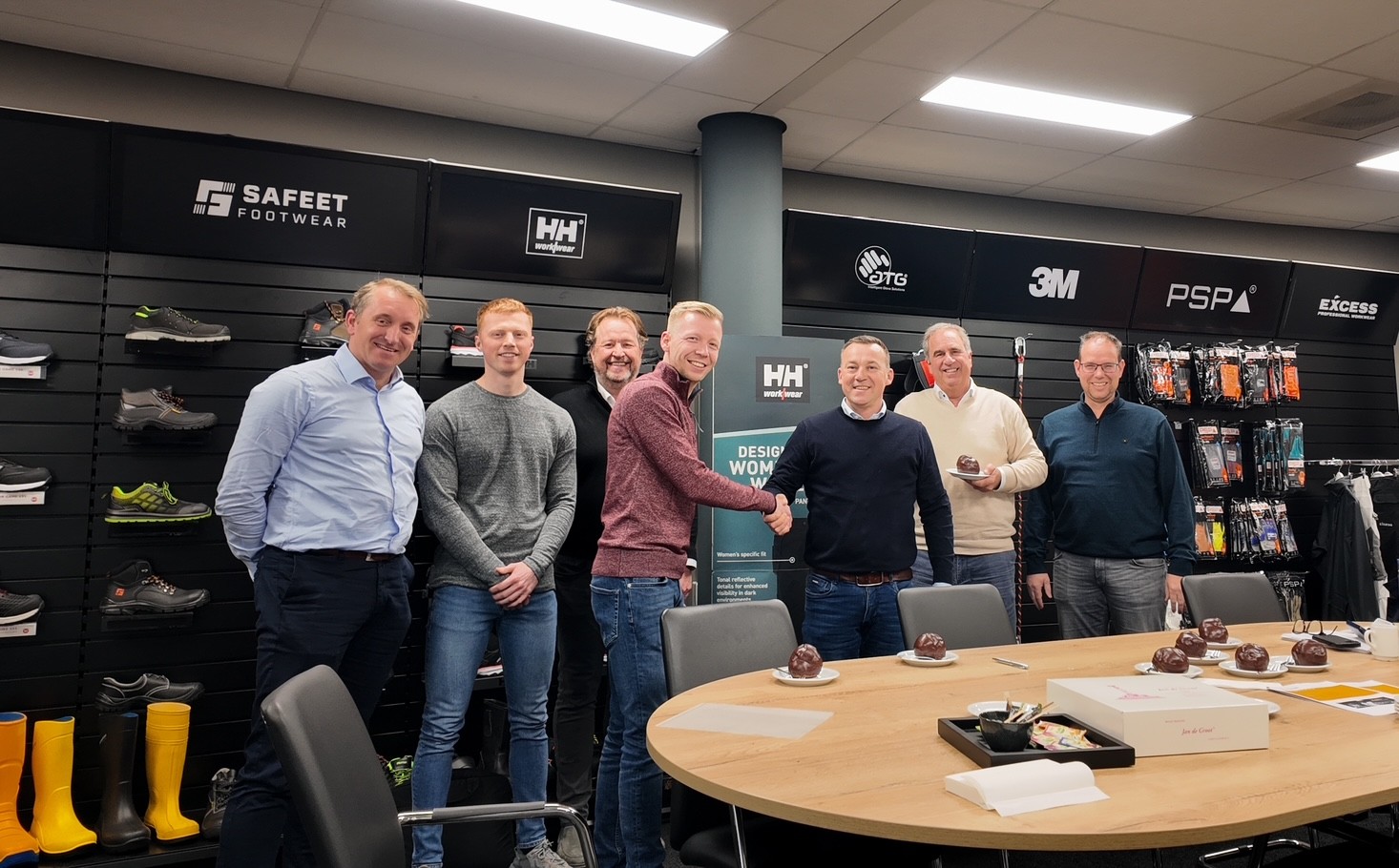How do you renew the foundation of a house, without tearing down all the properly functioning attachments? That’s the challenge in the S/4HANA implementation at Moonen Packaging. Implementing a new ERP system is a challenging undertaking no matter what. For many organizations, it is a process that comes with uncertainty and the necessary changes in daily operations. Add to that 50 integrations of different systems and you understand the complexity of the implementation. The question on many companies’ minds: how can we quickly and efficiently implement a new ERP system, such as SAP S/4HANA Cloud, while ensuring acceptance among our end users and maintaining business operations?
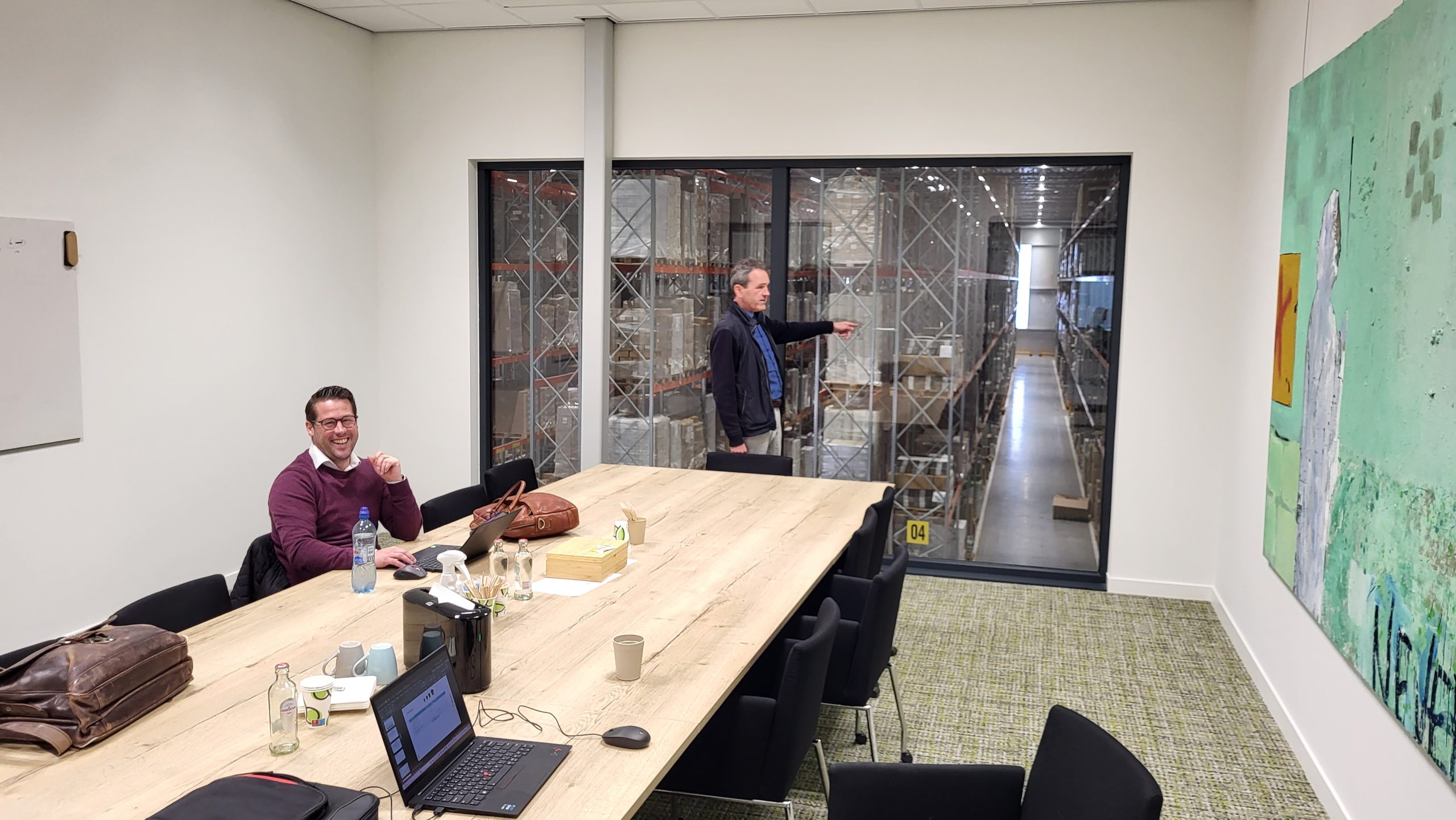
To answer this question, we spoke with Robert Hoogendoorn, Solution Architect from Quinso on the S/4HANA implementation at Moonen Packaging. Robert shares his insights and experiences about the renewal at Moonen. He talks about how they are replacing their outdated system so that their business operations become more professional and future-proof. And how, at the same time, they actively involve the users in the process. This first blog, about the Explore and Prepare phases of the project, is part of a triptych. In it we talk about the challenges and approach at the start of the project. And how we use various workshops to bring the users into the implementation.
A complex IT landscape
Moonen Packaging is a leading packaging wholesaler with more than 65 years of experience. From passion and ambition, it has grown into an innovative packaging specialist with three sister companies. Their existing ERP system is outdated and no longer adequate to support their growing and ever-expanding business operations. The need to professionalize and become future-proof is clear. Moonen chose SAP S/4HANA Cloud because of its best practices and ability to respond quickly to changes in the market.
That this is a complex project was clear from the start. Moonen’s IT landscape includes a large number of integrations with different systems. It not only makes the project challenging, it also requires a very precise and thoughtful approach.
Robert explains, “You can compare the implementation at Moonen to replacing the foundation of an existing house. Over the past 65 years, Moonen Packaging has ‘built’ about 50 integrations with different systems. These systems are all still working perfectly. And you want them with renewing the foundation, S/4HANA Cloud as a new ERP system, not tear down. By using the best practices in S/4HANA combined with the Quinso Activate methodology, we have built a solid foundation for a fast and efficient implementation. Normally it takes years to make so many different integrations conclusive on the system, now we achieve this in less than a year.’ Achieving this in less than a year is due to the best practices offered by SAP S/4HANA. About 90% of Moonen’s existing processes are supported in the new system.
In addition, Robert explains the importance of having a clear picture of the complexity of the IT landscape. ‘The more different systems you have, the more time it takes to get everything working together smoothly. Make sure you know from the beginning how the systems will integrate,” he advises.
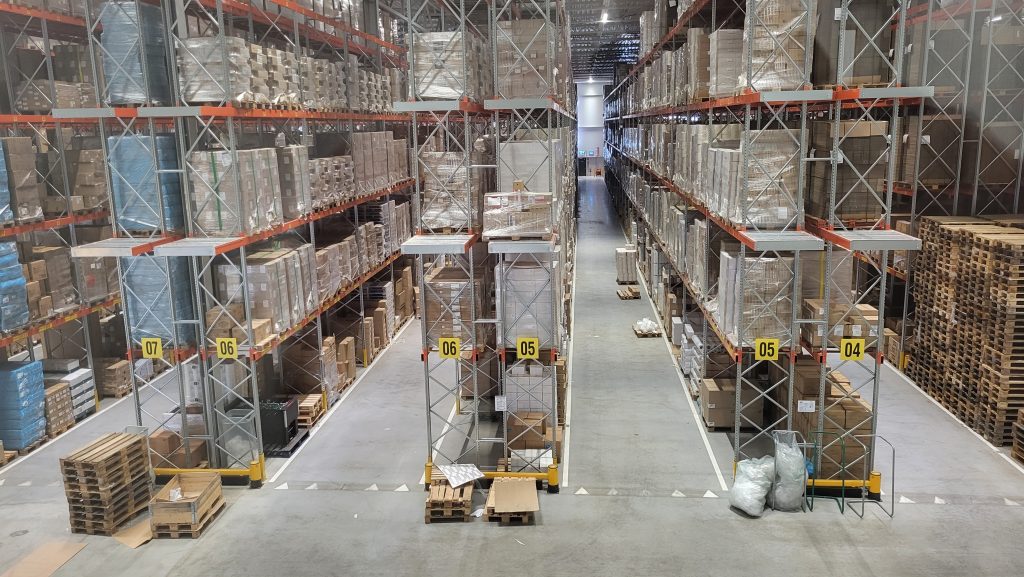
Change management: the key to acceptance and success
One of the biggest challenges when implementing a new ERP system is ensuring end-user acceptance. Moonen faces the task of not only achieving a technically successful project, but also ensuring that their employees fully embrace the new system. We do this with clear “Report-out workshops. During these workshops, each team presents the process they went through to set up part of the system and together we celebrate the positive results of the improvement.
Robert: “At Quinso, we involve all stakeholders from the beginning. During weekly sessions, we present the new process to employees step by step. This allows them to quickly become familiar with the new system and to address questions and concerns directly. By giving users early access to the system and actively guiding them, we promote acceptance significantly.’
Mapping the impact on the organization in advance is also incredibly important: ‘We identify the impact of the new processes on existing ways of working and work closely with management to find solutions,’ Robert says. ‘This means that roles and responsibilities are clearly defined and employees know what is expected of them in the new system.’
A collaboration that pays off
Replacing the foundation in a complex IT landscape with many integrations only succeeds if you keep communicating during the Explore and Prepare phase. Robert emphasizes the importance of cooperation and involvement: ‘It is essential not only to focus on the technical aspects, but also to include people in the process. Only then can you truly speak of a successful implementation.’
In the next blog, we will take a closer look at the realization and testing phase of the S/4HANA implementation at Moonen. Keep following us to learn more about the challenges and solutions in this crucial phase of the project. Want to discover how you too can make your organization fly again? Find out here:

